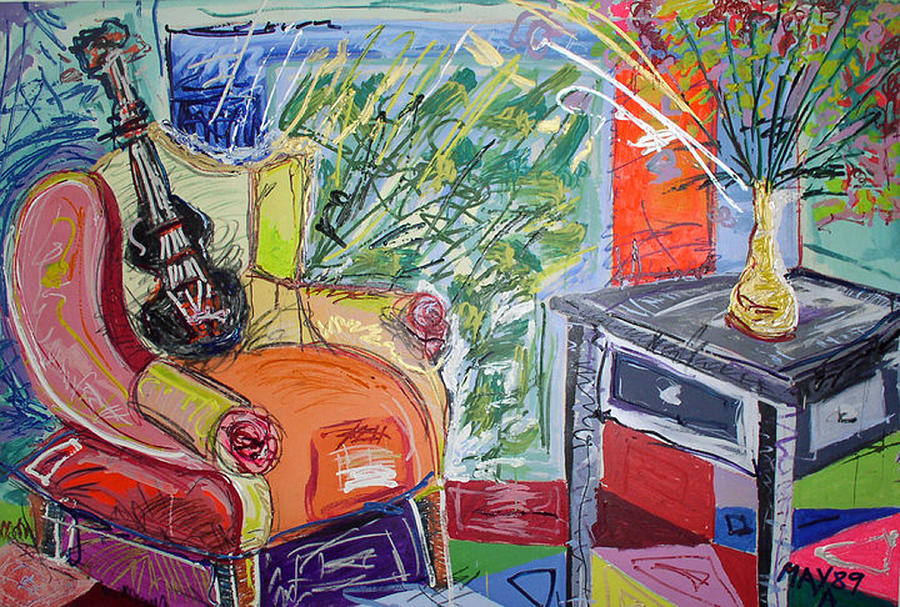- The National Art Gallery. Located at Caracas, it has the most comprehensive collection of paintings of the nineteenth century in the country. It is possible to enjoy paintings such as "Miranda en la Carraca" de Arturo Michelena, as well as other works of masters of academic painting and traveling artists of the nineteenth.
- Museum of Fine Arts opened in Caracas February 20, 1938, it has a permanent collection whose pieces were classified as follows: European Medieval and Modern Art, Contemporary Art European and North American Cubism and similar trends Latin American art (painting and sculpture), Drawings and Prints, Egyptian Art and Ceramics.
- Museum of Contemporary Art of Caracas (MACC). This is one of Venezuela's major museums, it opened its doors on 20 February 1974. Since then he has presented exhibitions of national and international visual artists of all genres: painting, sculpture, drawing, film, video and photography.
- Famous Venezuelan painters
Juan Lovera

Cristobal Rojas

Antonio Herrera Toro

Arturo Michelena

Tito Salas
Various forms of Arts:
Fine Arts, refers to painting, sculpture, and architecture,arts which have no practical function and are valued in terms of the visual pleasure in communicating ideas or feelings.
Applied Arts, describe the design or decoration of functional objects to make them pleasing to the eye.
Elements of Art: are the basic components, or building bloks: color, value, line, texture, shape, form and space.
COLOR: element made up of three qualities: hue, intensity, and value.
Hue: refers the name of the color.
Intensity: refers to the quality of brightness and purity of the color.
Value: refers to the lightness or darkness of the color. When you add gradual value changes on your art work, it suggest planes, or flat surfaces, concave or convex surfaces.
Color wheel:
- Primary colors
- Secondary colors
- Intermediate colors
- Complementary colors
- Analogous colors
Line: it is a continuous mark made on a surface by a moving point.
Types of lines:
- Emphasizing line: shows the edges of an object
- De- emphasizing line: when artist eliminate the out line of objects in their paintings.
- Line and sculpture: it could be linear or painterly. Linear: when there are visible lines on the art work. Painterly: when there are visible brush strokes.
- Line and movement: when objects suggest movement. It could be horizontal, diagonal, vertical, or curved.




Jacobo Borges
.jpg)


Jose Gabriel Fernandez













